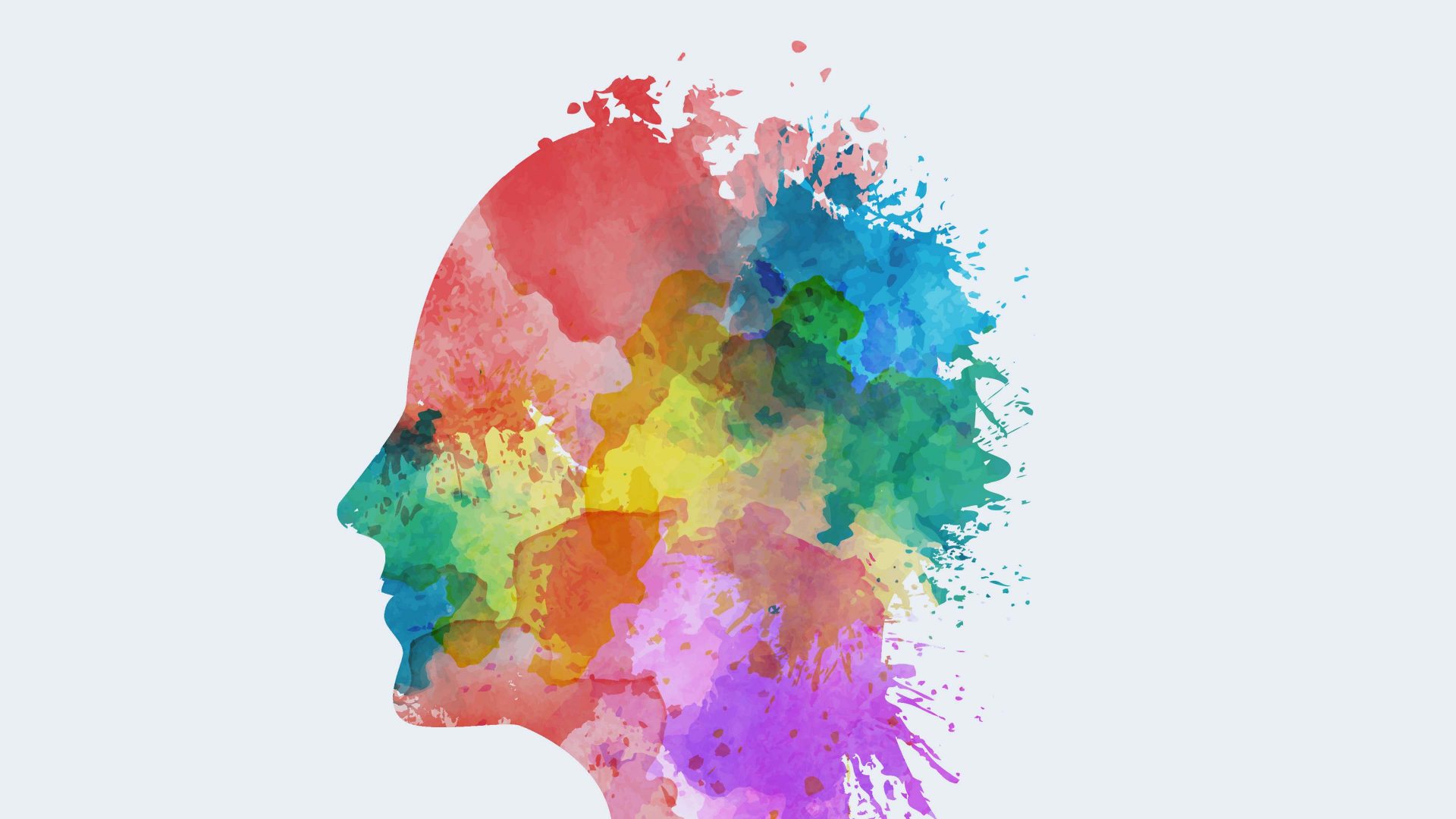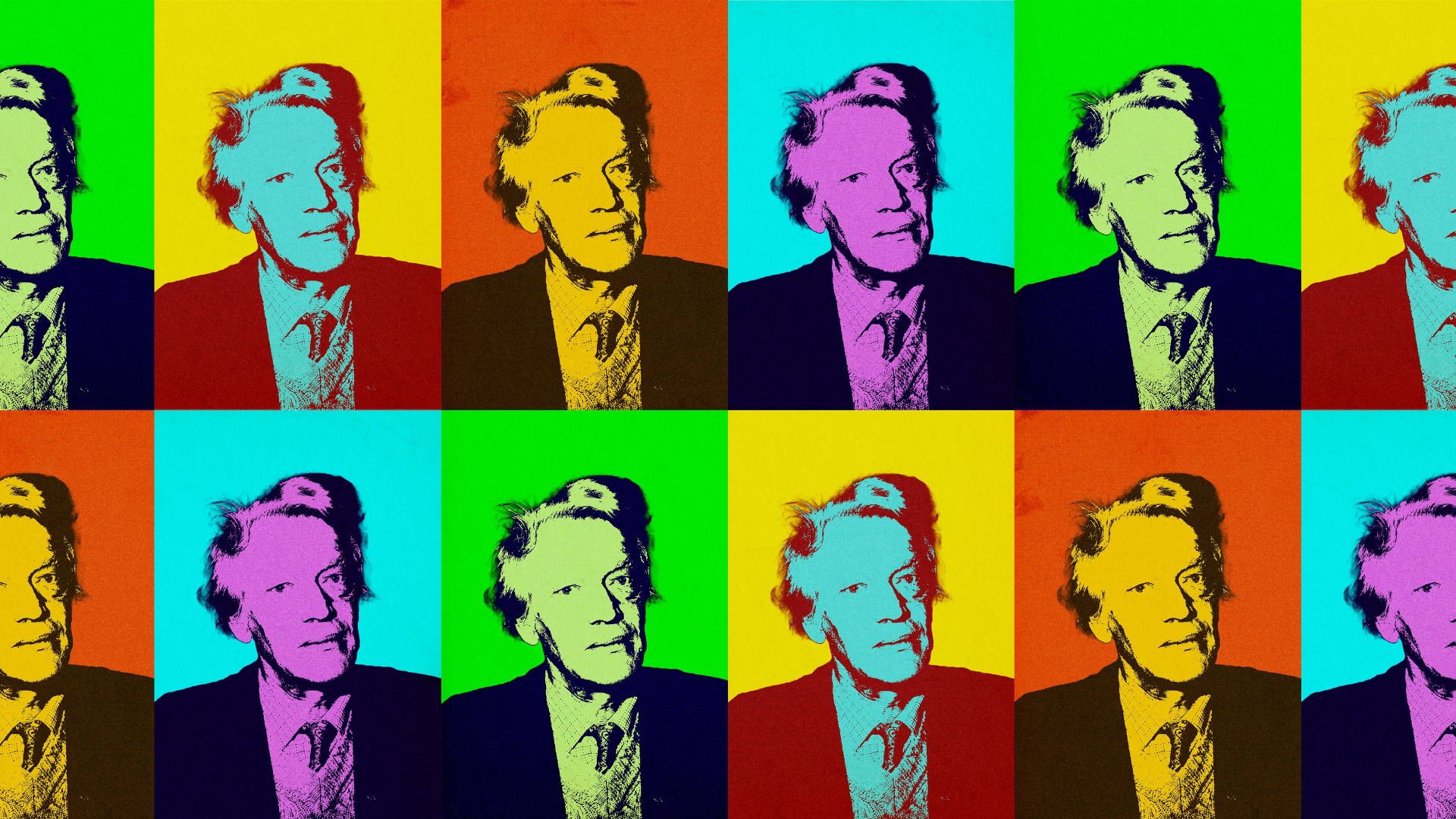As you rise from bed each morning, feeling the floor beneath your feet, reaching the bathroom, turning on the shower and brushing your teeth, you are already in receipt of a torrent of sensory inputs, helping you navigate the world, telling you how things are with you and how things are in the world. These early waking moments are shaped by what you see, what you hear, feel and taste. But they are not what they seem.
All our perceptions of ourselves and the world around us come through the senses, and although, of late, we have grown used to relying mostly on audio-visual information – a legacy of living our lives in front of screens – the rest of our senses are constantly active in shaping our perception of the world.
But how many senses do we have and how do they conspire to shape everyday experience? It may surprise you to learn that the commonly held assumption that we have five senses is entirely wrong. So is the idea that the senses work independently of one another. We don’t see and hear, taste, touch and smell, as distinct and different ways of perceiving.
As you read this article, you know where your limbs are, however they are arranged. If you pay attention, you will notice the smell of your surroundings. Perhaps you also have a residual taste of tea or coffee in your mouth. These sensations take place in the same unified consciousness. We don’t see, then hear, then feel, smell and taste. They don’t occur in separate experiential parcels: they are all there at once, making a simultaneous, unified impression on our consciousness. Experience is always multimodal: we experience the world with all our senses.
There is always cross-talk between the senses. They constantly interact, shaping each other’s inputs and impacts: what we hear can affect what we feel, what we see can affect what we hear, and what we smell or hear can affect what we taste. We say lemons taste sharp, although sharp is a feel, not a taste. And did you know there are odours in shampoo that make your hair feel softer? There are plenty of associations we all make between shapes and sounds, colours and tastes. People, when given lime green and red coloured liquids to taste, even though they are just water with tasteless dyes, will report that the red liquid tastes sweet and the green liquid slightly sour.
By contrast, cross-modal associations between one sense and another are universally shared. Look at the two shapes at the foot of this column and ask yourself – which one is Bouba and which one is Kiki?
Wherever you are, people will tell you that the rounded figure is Bouba and the jagged-edged one Kiki. Tribes people in Namibia without written language give the same answer. So do small children. Marketing companies have noticed these associations. Think of fizzy and still water. Is fizzy water Bouba or Kiki? It’s Kiki, right, and that’s why San Pellegrino bottles have a red star on them. It prepares you for the harsh-edged CO2 bubbles. What of milk chocolate and dark chocolate? Is milk chocolate Bouba or Kiki? You get the idea.
Cross-modal associations can surprise us. If you had to put lemons on a scale between fast and slow, where would we put them? Right across the world, people say “fast”. Bananas? Slow. What fixes these associations in our brains? In this case, I think there is an underlying physiological explanation. Sour taste receptors on our tongues are activated quickly, whereas sweet taste receptors have a slower onset and offset timing. The acidity of citrus fruits has a faster-acting effect than the sweetness of a banana.
It is not just these quirky effects we are interested in. Interactions between the senses also create some familiar experiences. Take vanilla. If I give you a pod of vanilla to smell, you will probably say it smells sweet. But sweet is a taste, not a smell. Besides, if I snip off a piece off and let you taste it, you’ll realise there’s no sweetness there: it tastes mildly bitter and liquorice-like. What’s going on here? First vanilla is usually combined with sweet foods like ice cream and cakes, and the aromas of those foods are immediately followed by a sweet taste in the mouth, leading the brain to transfer the sensory attributes of taste on to the smell that predicts its arrival. The brain’s association between vanilla and sweet tastes also means that we can add less sugar to ice cream and it will still be perceived as tasting sweeter than it is. This is known as the sweetness enhancement effect. Though food manufacturers beware, this is a culturally specific effect. People brought up exclusively on Vietnamese cuisine, where vanilla is combined with salt and fish, will smell vanilla as salty.
It is not just aromas that can change the perceived sweetness or sourness of what we taste. For many years, the psychologist Charles Spence and I put on wine-tasting events where people wore headphones and listened to different pieces of music while sipping wine. Depending on the music they were hearing as they sipped, the wine could taste more sweet or more sour. High-pitched notes on a violin could make drinkers wince. Guitar or piano music could flip the taste of the wine to sweet. What’s going on here? The answer is that since the wine has both sweetness and acidity (sourness), we can direct drinkers’ attention to one or the other using sound. Spence calls these auditory attention cues “sonic seasoning”, and it’s worth remembering them the next time you order a bottle of wine in a restaurant and are subject to whatever the duty manager has on their playlist. If you don’t like the wine, change the music.
What this tells us is that we have many more senses than five and that the senses don’t work independently of one another. And yet, for 2,500 years, philosophers and most folk had followed Aristotle in thinking that we had five senses: seeing and hearing, taste, touch and smelling.
My neuroscience and psychology colleagues tell me that we may have as many as 22 or 33 senses. There is internal sensing, called interoception, by which we register bodily changes such as slowing or quickening of our heart rate, butterflies in the stomach, fear and exhilaration. Consider proprioception: the sense by which we know where our arms and legs are without having to see or feel them. That bodily sense plays a role in another vital sense: your sense of balance. This is due to your vestibular system, a wonderful piece of natural engineering whereby fluid moves through the ear canals running backwards and forwards, side to side and up and down, letting us know which direction we’re moving in and which way is up, even when we are lying down.
There’s an intriguing interaction between vision and the vestibular system when we are flying on a plane. Usually, the visual system dominates any collaboration with other senses. However, things go differently when we’re moving through space. Next time you are on a plane, strapped in and listening to the safety instructions, place your head on the headrest and look along the cabin to see where everything is. Now look again when you have taken off and in the climb. It will look to you as though the front of the plane is higher than where you are sitting. Of course, it is. But how can it look that way? With your head on the headrest, you are in exactly the same optical relation to everything in the cabin as you were on the ground. What’s happening is that your experience of “seeing” the front of the cabin as higher than you are is not a purely visual experience – it is produced by the vestibular system dominating the visual system with our ear canals telling the brain we are tipping backwards. This alters the “look” of the cabin to give us the right result. What we need is less Balkanisation of the senses and a move towards the merging of the senses.
My own research of flavour perception relies on exactly this kind of multisensory integration. We usually think that we taste the flavours of food and drinks on our tongues. But that’s not true. All the tongue can give you is salt, sweet, sour, bitter, umami (the fifth, savoury taste), and maybe metallic and fatty tastes. Yet, we “taste” peach, raspberry, mango, melon, cinnamon, mint and sage. We don’t have melon or peach receptors on our tongues. Most of the flavours we can taste are due to smell; not sniffed from the outside. It is only when odours from the mouth drift up through the back of the throat, or are pulsed there by swallowing, and reach the receptors in the nasal cleft that they combine with tastes from the tongue to create the experience of flavour. During the pandemic, people often reported that they had lost their sense of taste when what they had lost was their sense of smell. With a bit of prompting they would acknowledge that they could still taste a pinch of salt, or sugar, or a squeeze of lemon juice. What they were realising was how much of what they called taste was actually due to smell.
Add to taste and smell inputs from touch on texture – how crunchy, or sticky, or smooth, or slippery a food is – and sensations of burning or cooling in response to spices like mustard or menthol coming from the trigeminal nerve that serves the eyes, the nose and the mouth, and you begin to see how multisensory the unified perception of flavour really is. We mistake it for a taste and undergo a location illusion, imagining that we are experiencing “taste” on the tongue. That just goes to show that even in the first-person intimacy of our own conscious experience, we can still be wrong: there is room for a philosophical distinction between appearance and reality.
It was revelations like these that led me in 2011 to create a Centre for the Study of the Senses at the University of London, where we pioneered collaborative working between philosophers, psychologists and neuroscientists to examine the mechanisms that underlie our perceptions of the world and ourselves. We are still going strong and we are not going to run out of things to do.
Barry Smith is appearing at this year’s How the Light Gets In festival. On Saturday September 23 at 11.30am, he will be discussing the philosophy of the senses – is it possible to touch a smell?



